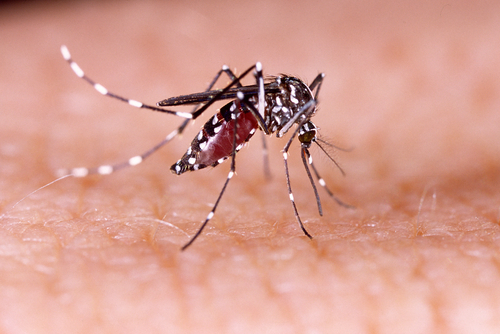
New research analyzing the 2012 chikungunya outbreak in a Bangladeshi village may provide insight on how mosquito-borne illnesses like Zika are spread.
The study, recently published in the Proceedings of the National Academy of Sciences, was funded by the Centers for Disease Control and Prevention and the National Institutes of Health’s National Institute of Allergy and Infectious Diseases.
Palpara, a village located 60 miles outside the Bangladeshi capital of Dhaka, suffered an outbreak of chikungunya with 364 people reporting symptoms between May 29 and Dec. 1, 2012. Symptoms commonly reported in individuals with chikungunya disease are fever with several joint pain or rashes on the body.
Research teams interviewed 1,933 individuals from all of the 460 homes in the village, concluding that over half of the infections occurred in houses within a close proximity. The outbreak focuses on an area of only 200 meters.
Scientists discovered that women in Palpara were 1.5 times more likely to develop chikungunya than men.
In order to determine why more women were getting sick, as well as why the disease cluster was in such a small area, they looked deeper into the natural habits of the wider Bangladeshi population.
In studies, scientists usually focus on the individuals who are impacted by the disease. Their approach to the study conducted by Johns Hopkins Bloomberg School of Public Health, the Institut Pasteur in Paris and the International Centre for Diarrhoeal Disease Research in Bangladesh was different.
“Typically when there is an outbreak, we study who is sick and try to understand why,” said study leader Henrik Salje, fellow in the Department of Epidemiology at the Bloomberg School and a visiting scientist at Institut Pasteur. “In this case, we not only studied those who became infected with chikungunya, but also those who avoided illness. This allowed us to determine what factors may impact who comes down with a disease and who does not – and to help us determine the best way to intervene.”
Researchers were able to determine that the Aedes mosquito, which commonly spreads diseases like Zika, dengue, and yellow fever, spread their disease by infecting one person, then usually stay around a home or area and infect several other individuals.
Researchers concluded that women in this village spend nearly 66 percent of their time at home, compared to men who spend only 45 percent of their time each day at home.
Ideally, scientists can use this information in order to combat and prevent future outbreaks.




